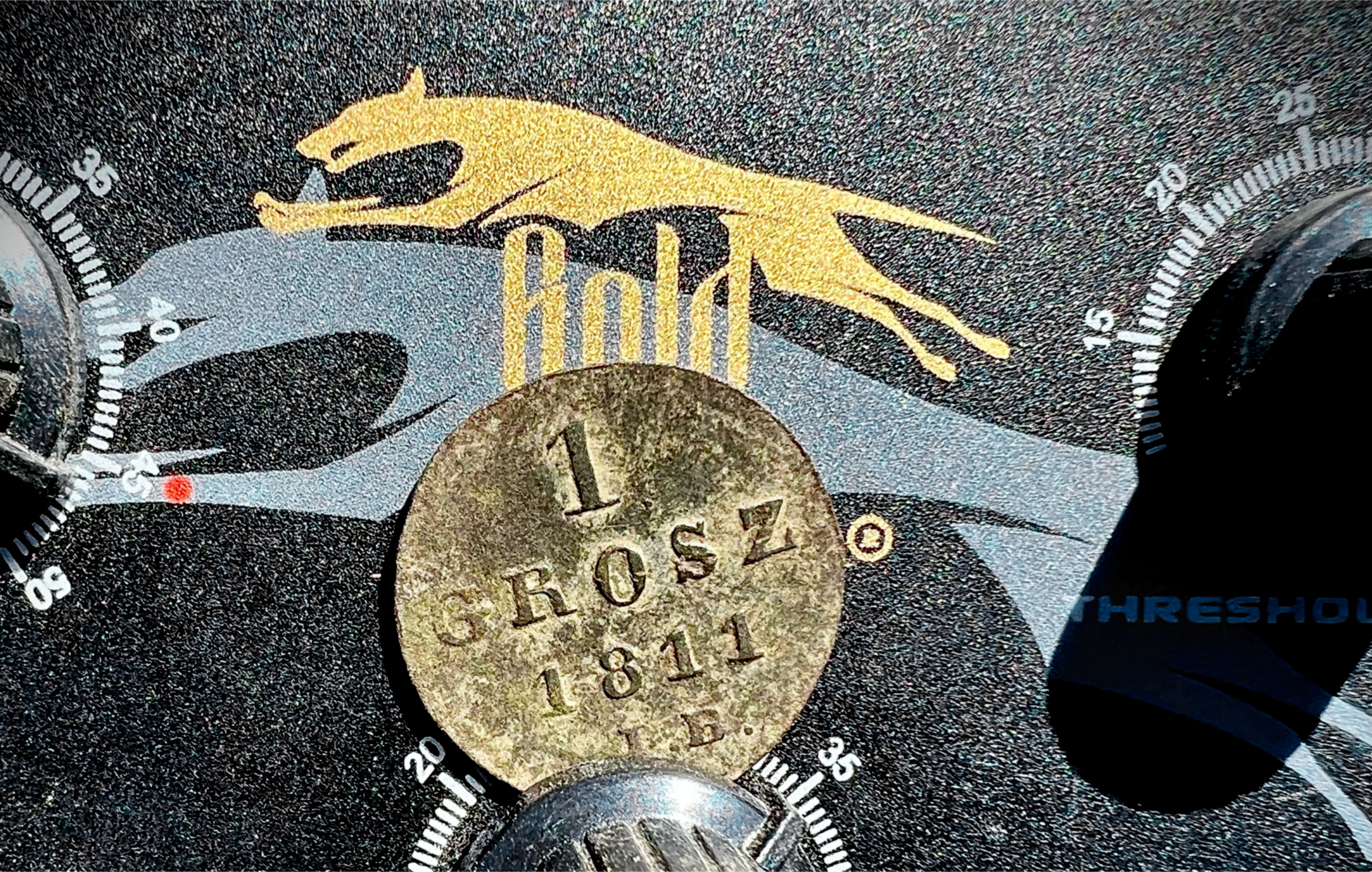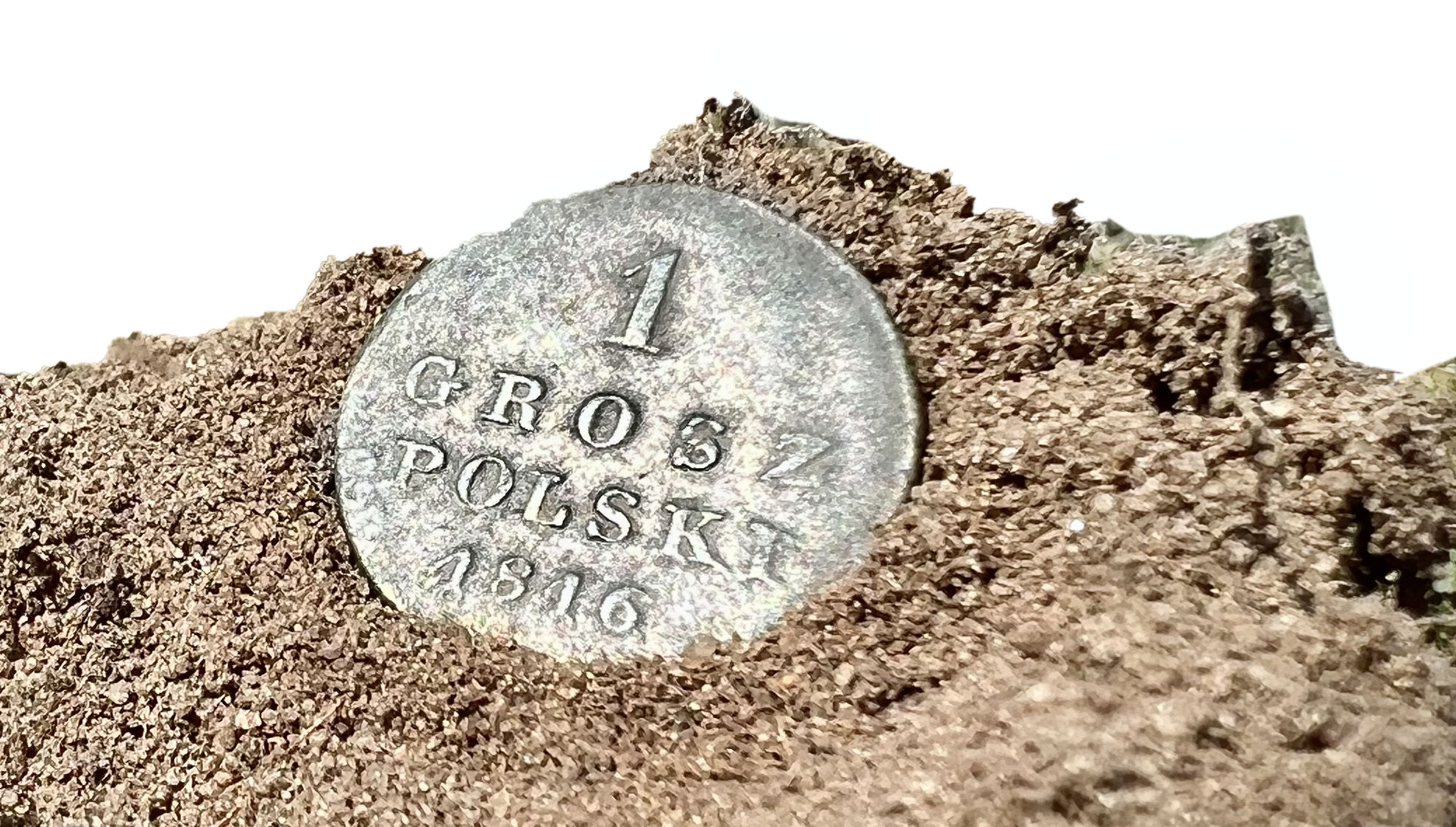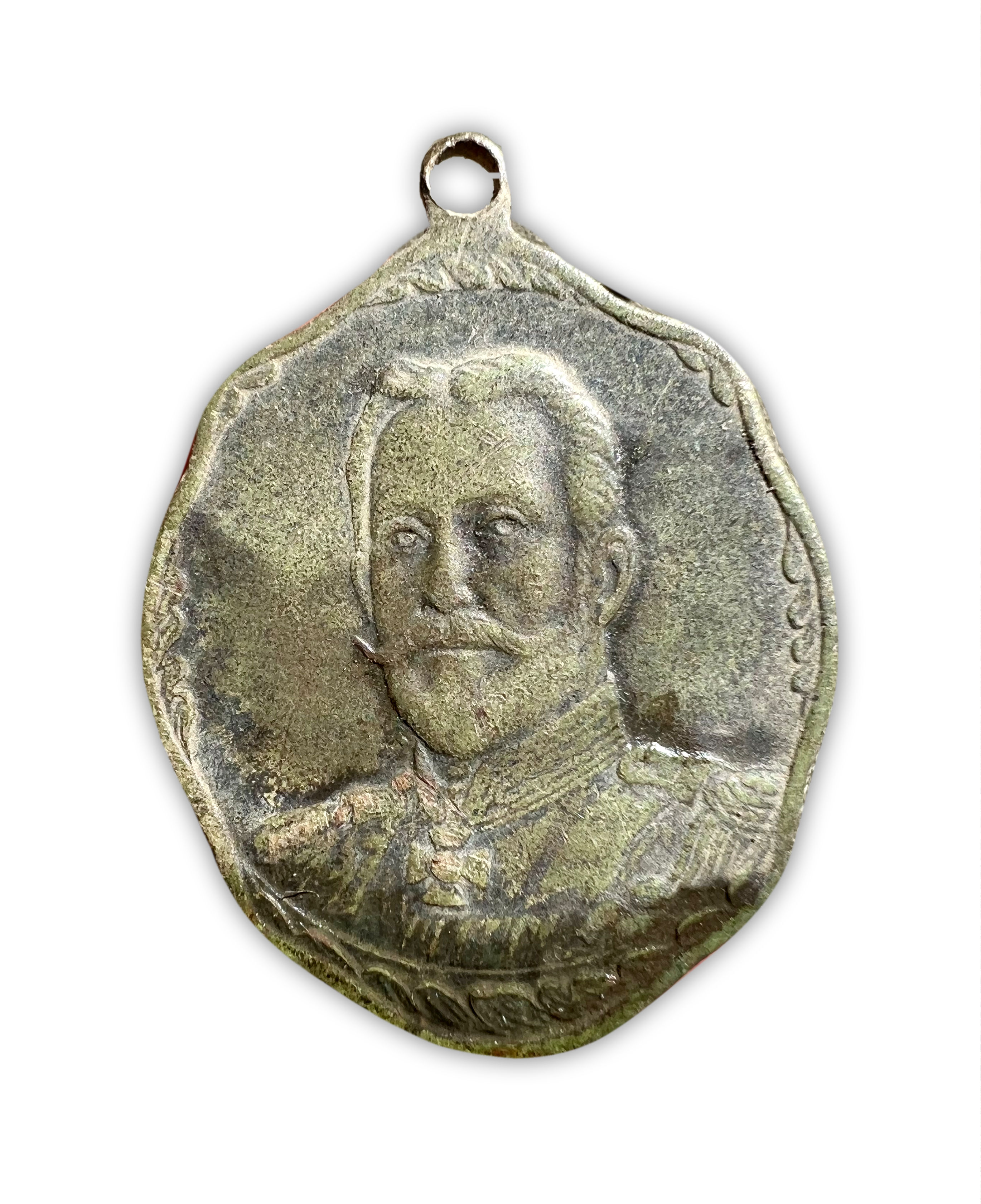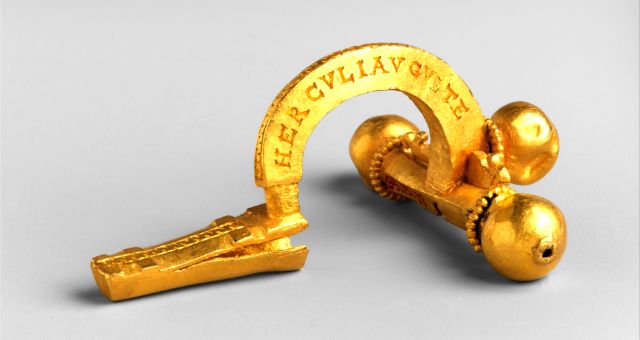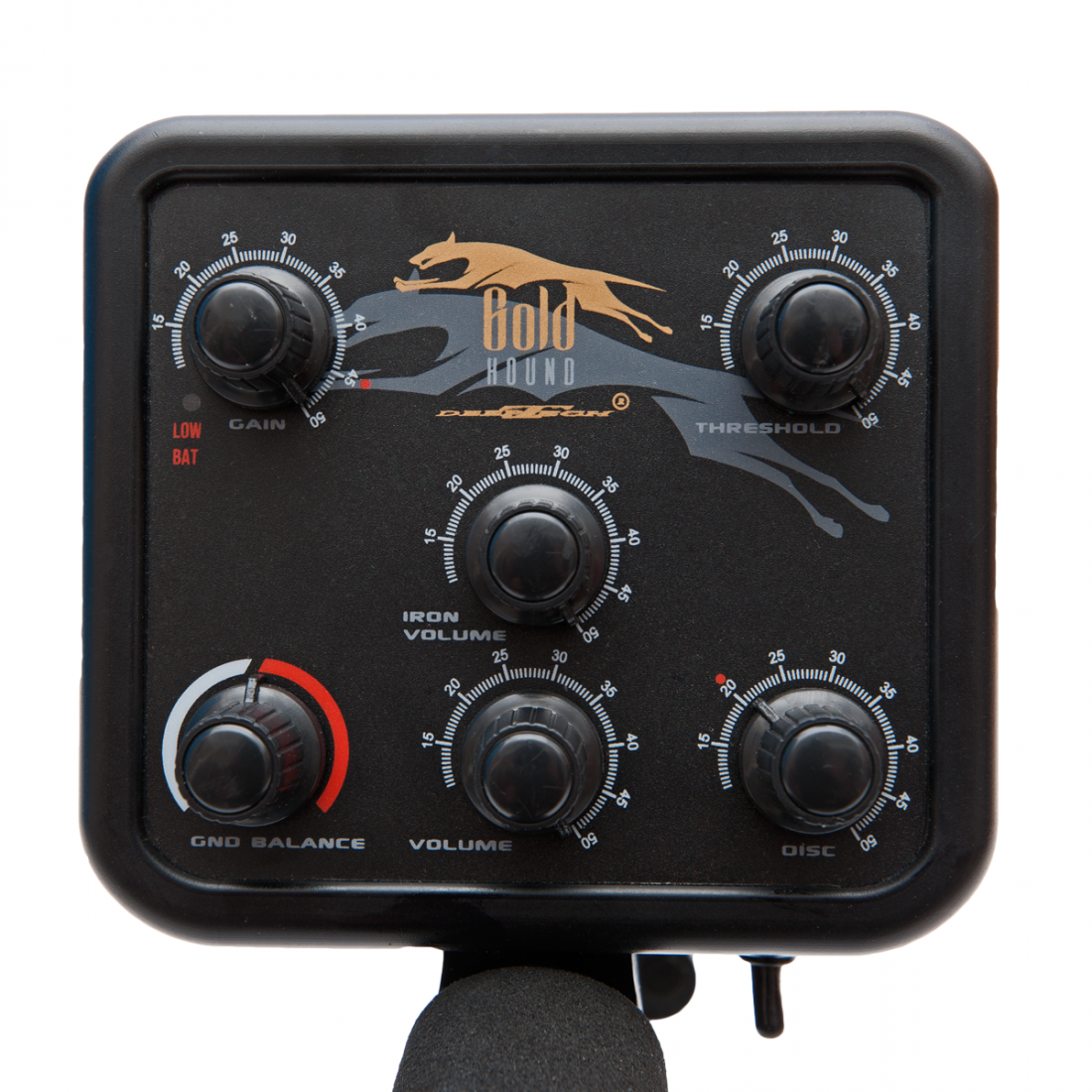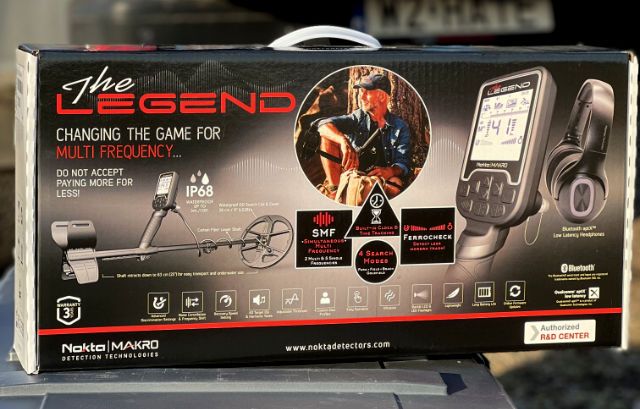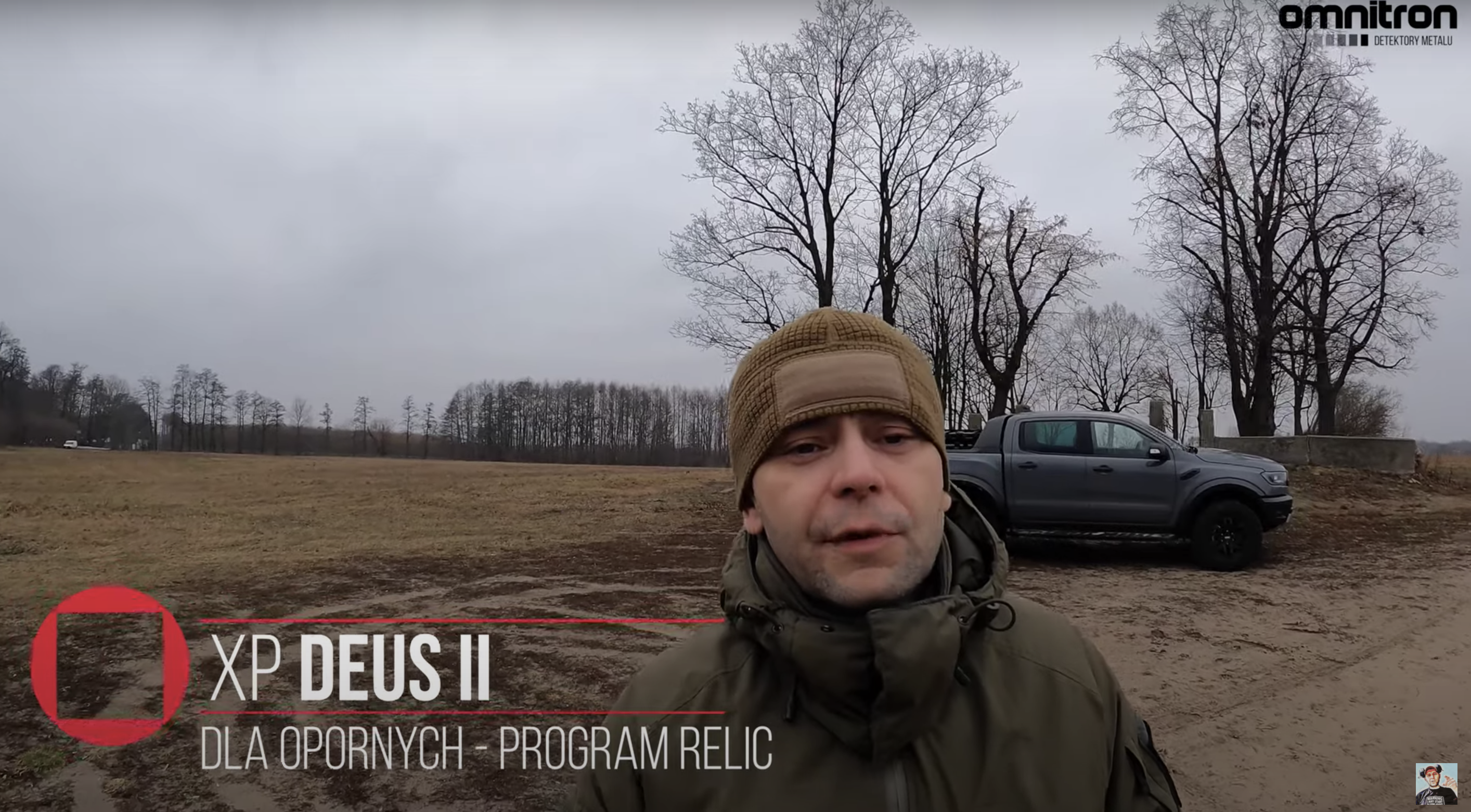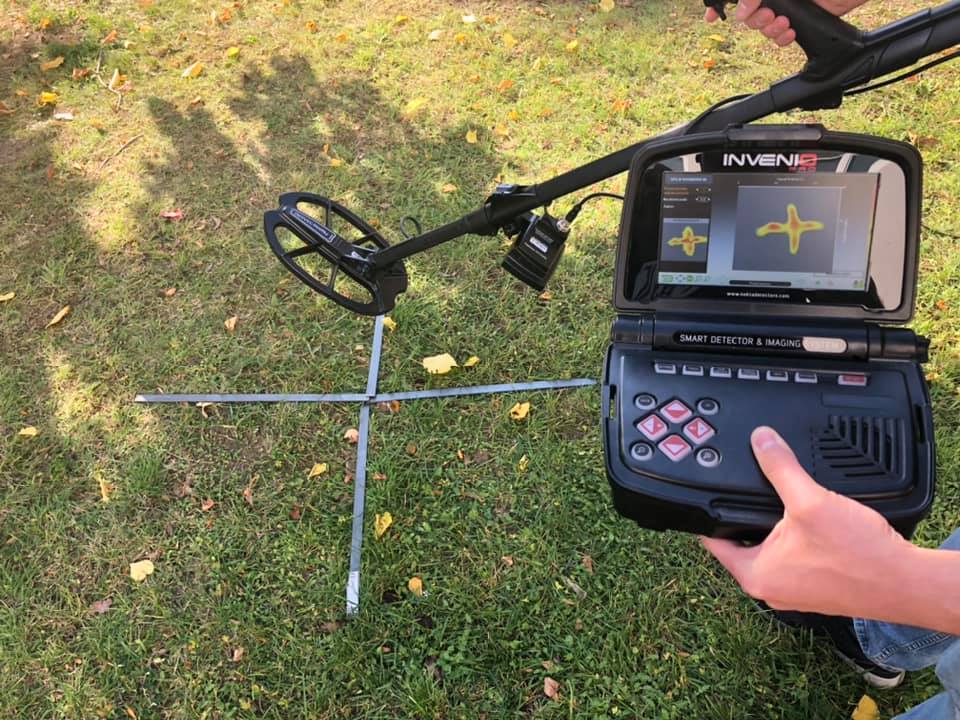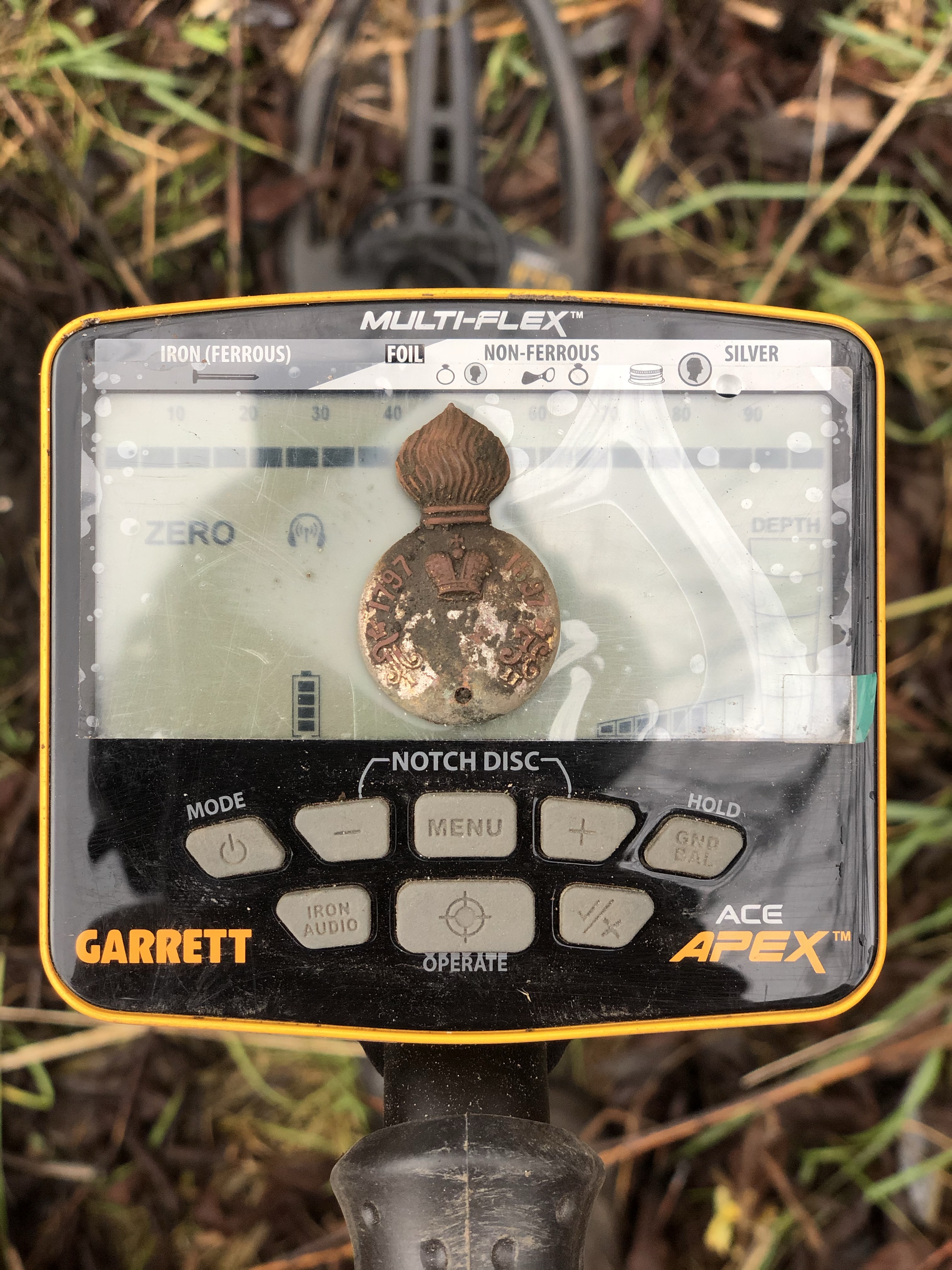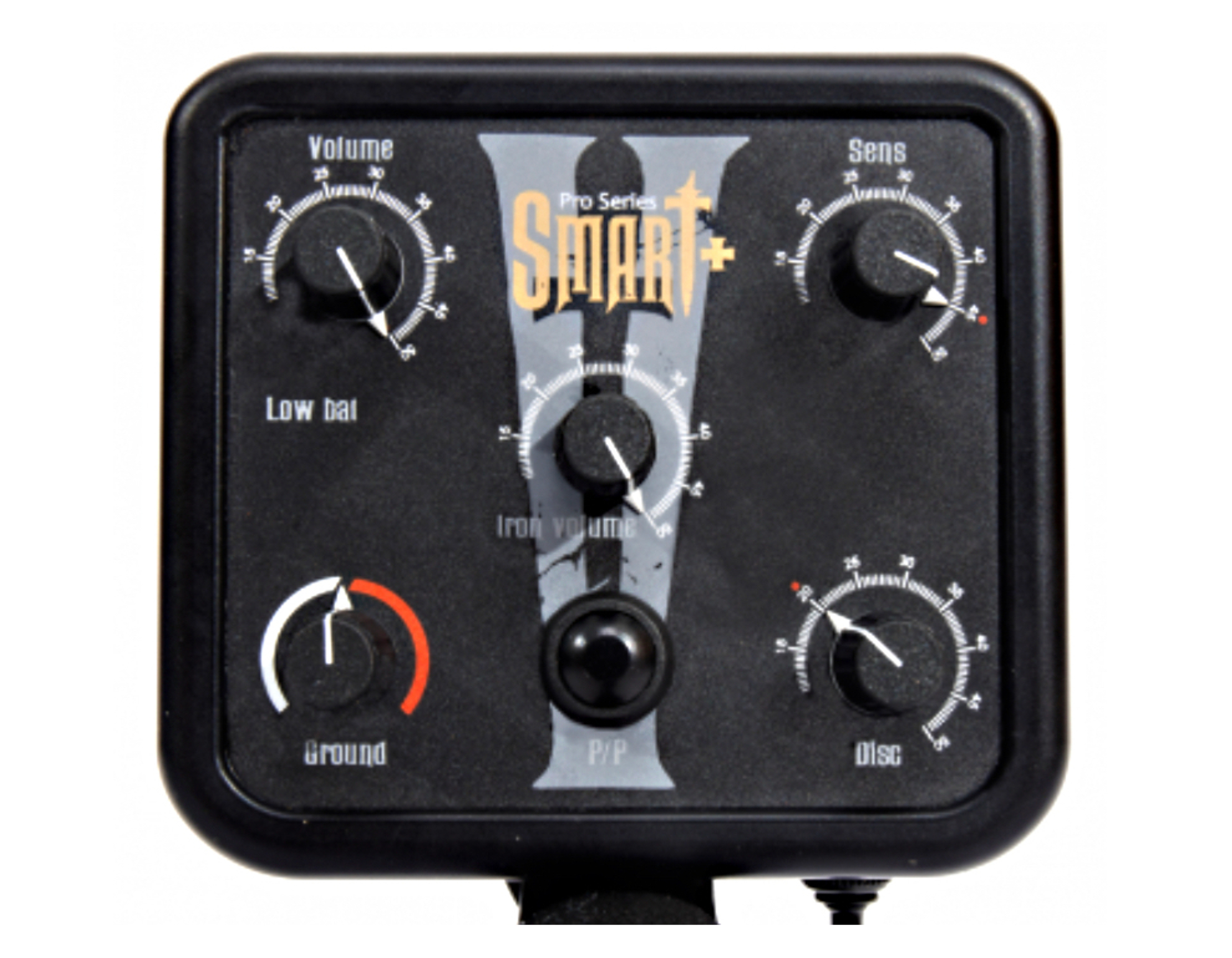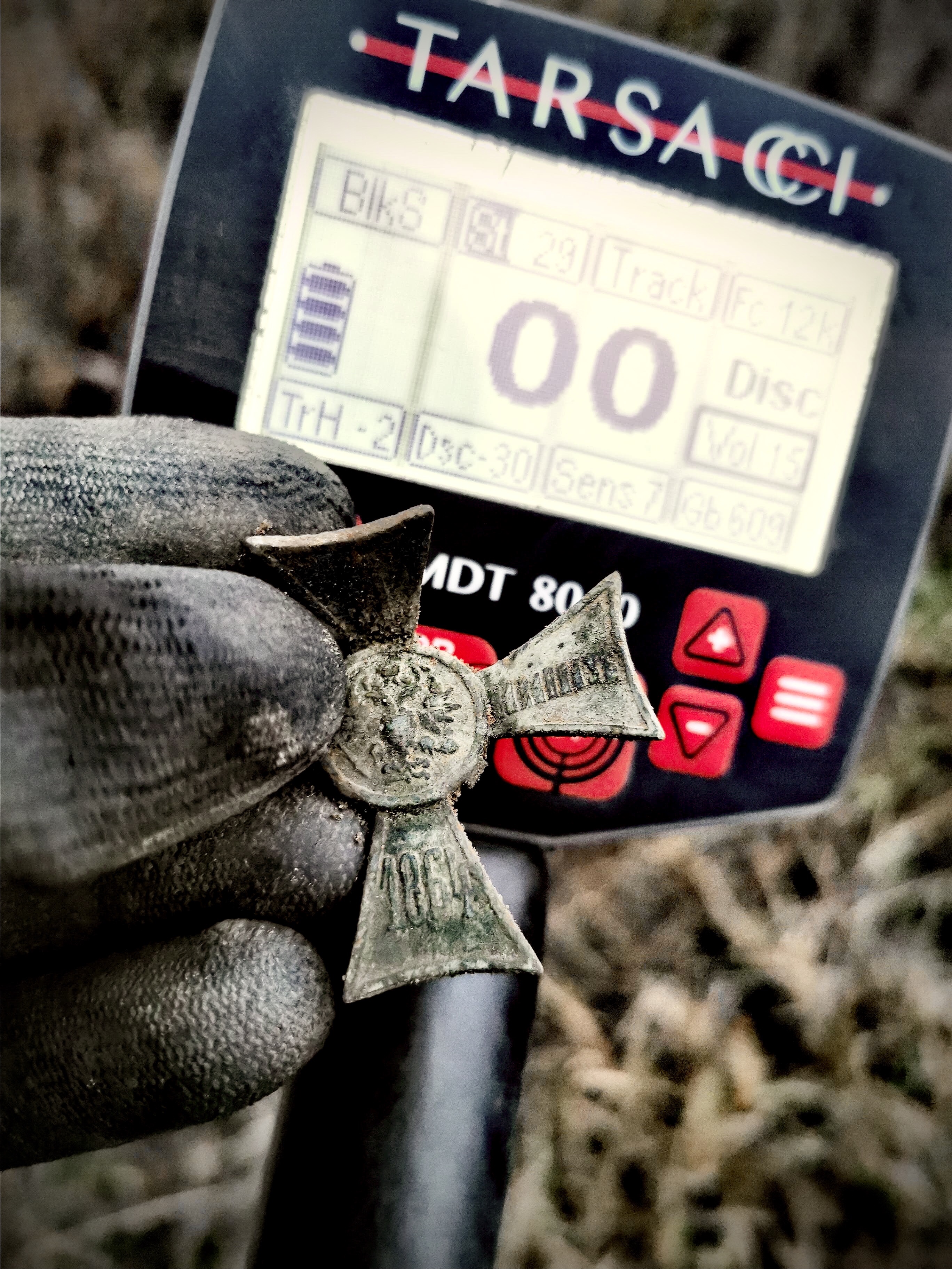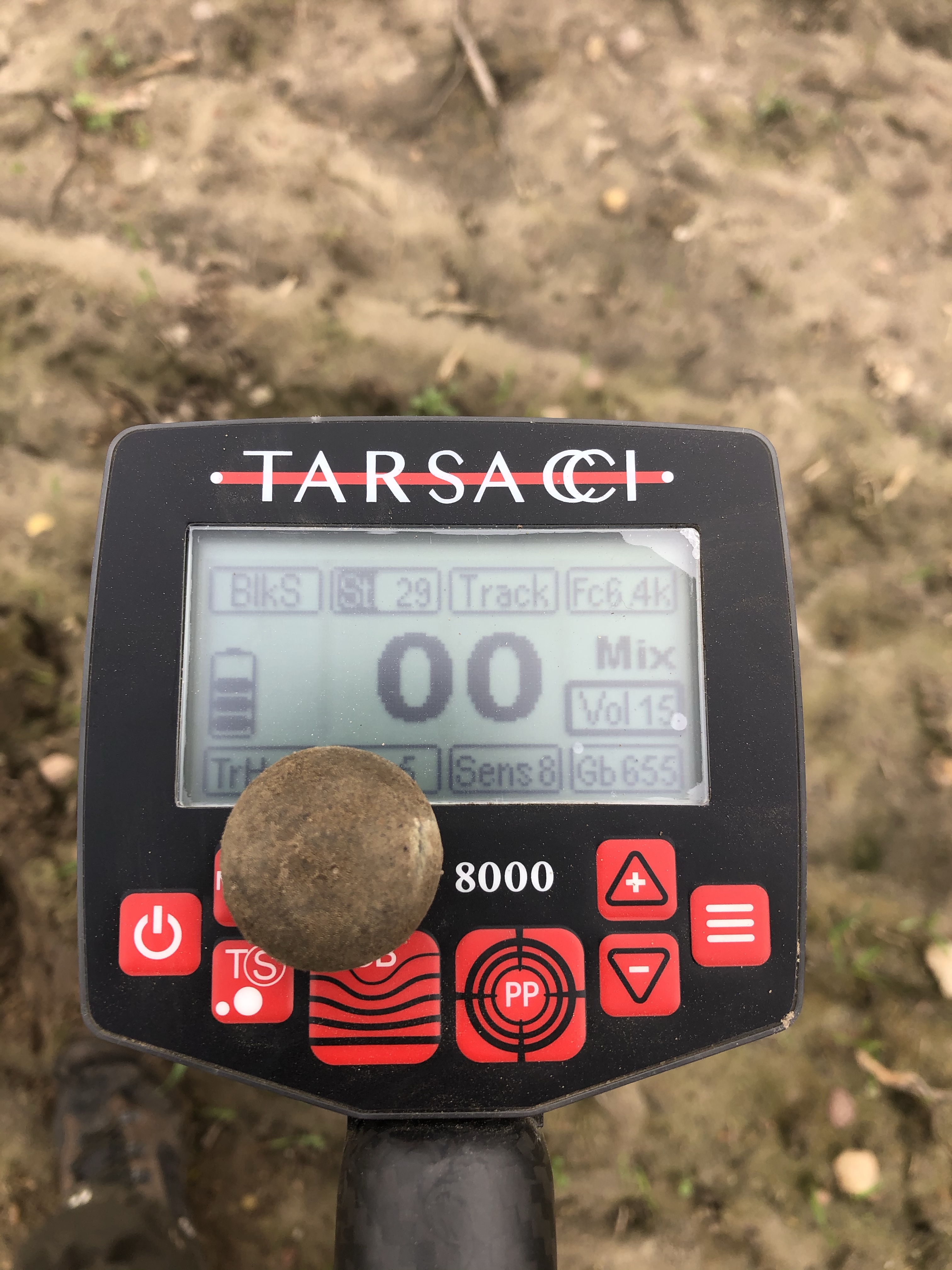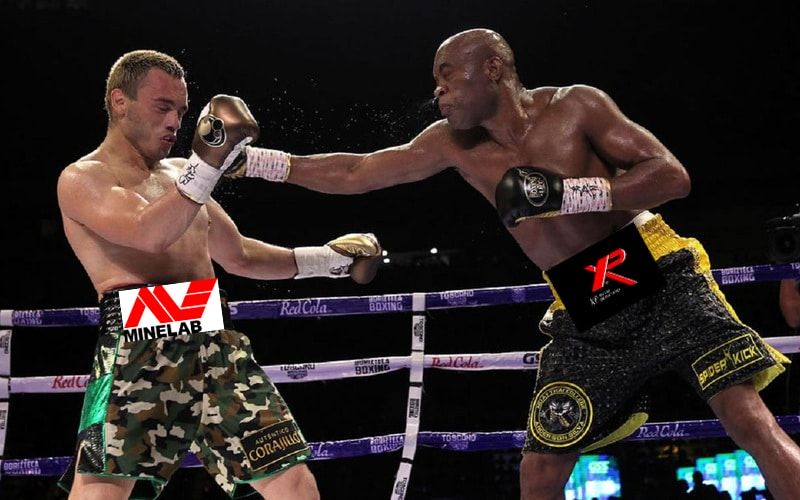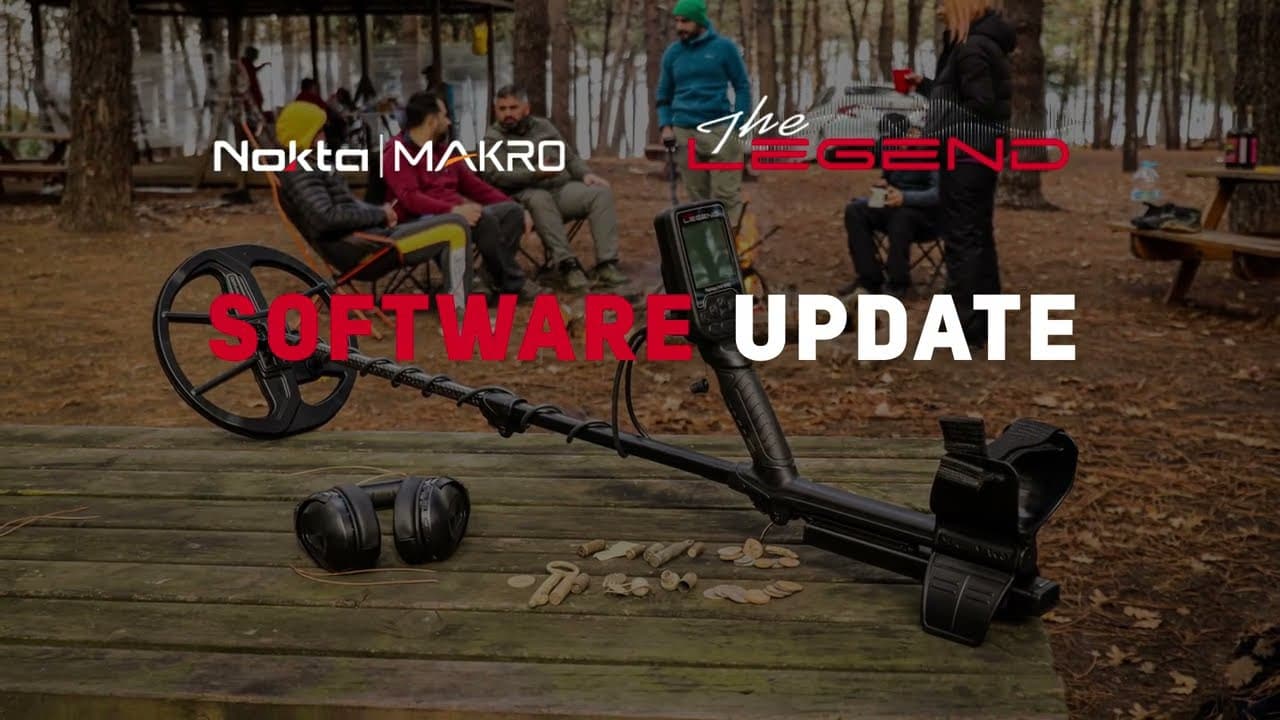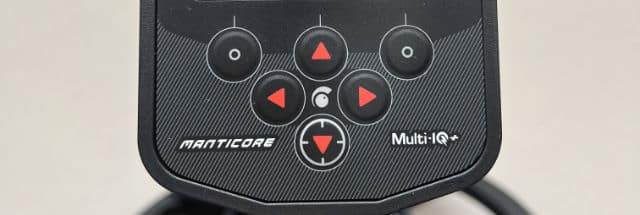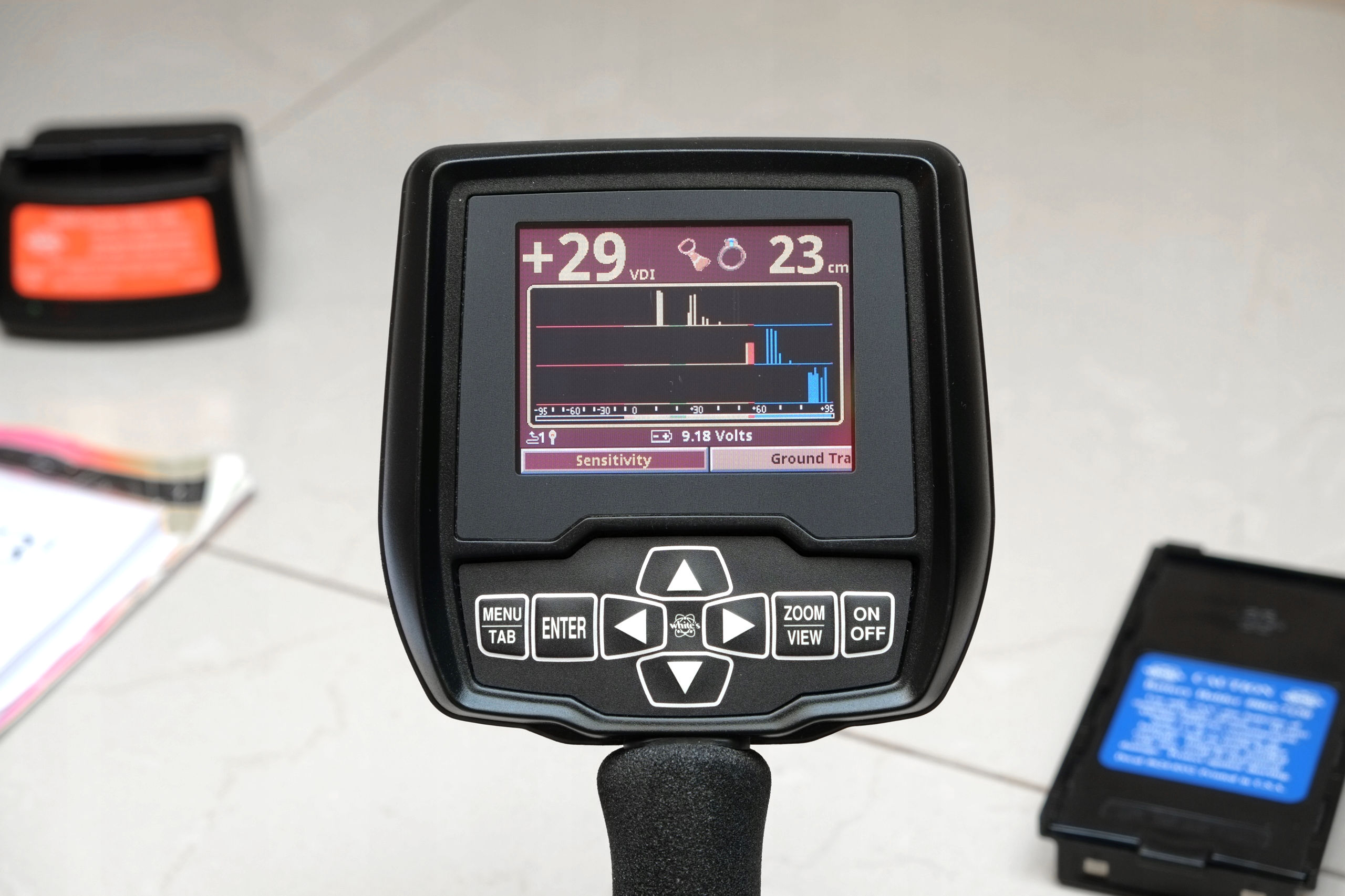
Whites Spectra is a unique metal detector. Complicated to use at first glance, but giving amazing configuration options. Why is it so special?
Firstly, it is a detector working in three frequencies at once, and secondly, it has a mixed mode, not like the RUTUS in the mono version, but a stereophonic one. What does it give? Both static and dynamic channels work simultaneously and are not switched between each other as happens in the mono version. We hear all the time about the multiplicity of depth and types of targets. It’s hard to miss items and we know what we have under the probe. This is a great comfort of work and if we add to it great identification, this device, despite its age and not very high speed of object separation, is still an unsurpassed model for many manufacturers.
There are also disadvantages, apart from the above-mentioned complication, the weight of the entire device and the color display are not very visible in direct sunlight. It is true that the Sharps LCD has great contrast and good backlighting, but it will not be at the level that black and white screens give.
Another problem is the power source. Factory batteries last literally for a while and are a pain to use and charge. Much better to switch to a pack of 18650 lithium-ion cells (3 pcs.) and an electronic charger. I use such a set myself and the working time is three times longer. I bought a basket for three such cells and designed and printed the housing.
The factory seat post is also not the most comfortable, but you can easily adjust something lighter.
The work itself and the ability to configure after each other give virtually unlimited possibilities. The initial learning about the equipment, it requires a lot of patience and perseverance as well as knowledge of the English language. Dedicating a few months to learning pays off in the field in the form of better identification, easier fastening on the target, and not tiring work. Fewer random sounds are also a big plus.
The ability to configure allows you to adapt to many scenarios and types of searched objects. The separation of software and hardware settings as well as filters allows you to configure the detector for yourself also in terms of audio or displayed ID and pictograms and ending with colors. This is something unheard of nowadays.
The V3i version allows you to use the XY plot option for additional item identification. We see as many as 3 frequencies in a graphic form, which allows you to better determine the conductivity and type of metal in some approximation. Even XP has used this in the XP DEUS I and DEUS II models.
The last thing is the depth indicator. Not as graphic as we know it now, but in cm and all the time in a dynamic mode without the need to track how it was done on other devices. In this simple way, we can distinguish what is surface garbage and what is a valuable item lying much deeper.
Bob Canaday, the late creator of the Whites Spectra, was undoubtedly a genius, and it’s a pity that none of the current metal detector companies have undertaken to continue his legacy.




